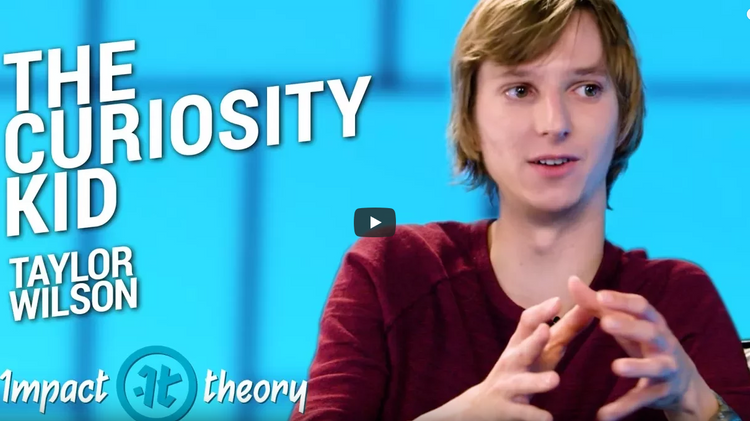How I Learned Data Science in 90 Days

I first encountered data science (aka data mining, machine leaning, artificial intelligence, etc) back in 2014. I was a newly minted analyst trying to expand my expertise beyond the basics and my company had just hired its first data scientist.
I got curious about what she did, so after talking with her for a while, I was sobered to realize that I would need two more years of education and a graduate degree in statistics if I wanted to properly to call myself a “data scientist.”
The only problem was that after my experience getting an MBA, I had sworn off any kind of academic style learning. While I made a number of connections and friends, the degree itself had not taught me anything useful. In fact, I have learned more about business by reading books in my own time than I ever did in college.
If I was going to learn data science quickly, I was going to learn it on my own. I also realized that with the exception of a few select fields, companies don’t care much about your degrees, they care about what you can do for them, what kinds of value you can provide, and in many cases, you can provide incredible value without needing another college degree.
What I really wanted was to understand enough key concepts of data science that I could apply them in the real world to produce something useful.
So I thought “hey, I’m a smart guy, I can probably figure this out.”
Yes, I was quite conceited back then.
The challenge for me was that I absolutely hated statistics, and when I took the class in college I found it incredibly hard to understand, nonetheless I began my quest.
I started by looking for a few books that taught the key concepts of data mining with a bend towards applicability. They were quite hard to find and the few books I did find were dull and boring. But, I did my best to get through them and I managed to learn a few theoretical concepts.
Next, I searched for videos on YouTube. There weren’t many, but what I did find was very interesting. There were some videos that demonstrated the use of a free visual data mining tool called RapidMiner.
The author had many examples with the code and data easily downloadable so I could get them and try them on my own. It was exactly what I needed because it allowed me to see the concepts I was learning applied in the real world.
JIC vs JIT learning
I believe that the best way to learn is to solve a problem that you care deeply about or are strongly motivated to solve. It could be a personal problem, or a professional one and it should allow you to apply theoretical concepts to a concrete problem.
But why?
Almost all colleges apply the same framework towards learning. I call it Just In Case (JIC) learning.
You start by learning all the fundamental concepts first, you then apply these concepts to artificial problems in the book (which you don’t really care about) that are very clearly laid out and where there’s usually only one correct solution.
You then continue to learn more concepts that build on the fundamental ones you learned previously, you continue to apply them to even more artificial problems you don’t care about, in the hopes that some day you’ll need this knowledge to solve problems.
This theory of learning believes that knowledge builds on top of itself like a pyramid. In fact, many text books are set up this way. Fundamental concepts first, more specific knowledge later.
In real life, however, you start with a very specific problem you’re trying to solve, you search for the solution and once you find it, you can generalize that solution to other similar problems. I call that Just In Time (JIT) learning. You only learn things just before you actually need them, which maximizes both usefulness and retention.
That’s why I chose a specific project at work to apply data science on, that would both benefit the company, and teach me how to do data science in practice. As I struggled with the project, I learned another dark secret nobody tells you about in college.
The problems you solve during your classes are artificially set up to be easily gradable not to maximize learning.
For example in pretty much all data science books and courses, the data you work with has already been selected, cleaned and staged in order to make it easy for you to build the model. In real life it’s never that easy.
The hardest problem I struggled with during my project was figuring out what data to choose for my model in such a way that made sense, and I had no one to ask. No articles or online courses to follow. I happen to find the answer in an obscure book written by a practitioner vs theoretical books written by professors.
That’s how I managed to teach myself data science in just three months without having to go back to school and get a statistics degree. As a side benefit, I now understand and enjoy statistics. It makes sense to me because I have seen it applied in the real world.
Years later in my new job, I repeated the same process to learn another aspect of data science/ machine learning this time by doing a hackathon project at work. It cemented the lessons I had learned and taught me even more valuable skills.
It is because of these, and other similar experiences that I believe that unstructured learning is the key to an amazing career. Many valuable things can only be learned the hard way through experience not by going to school.




